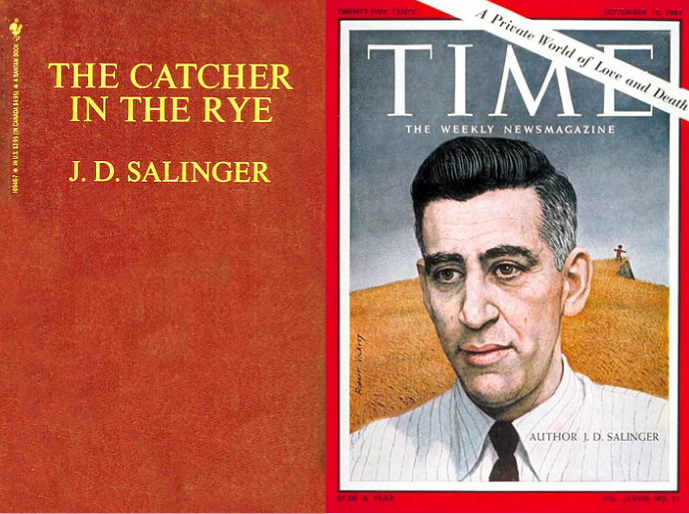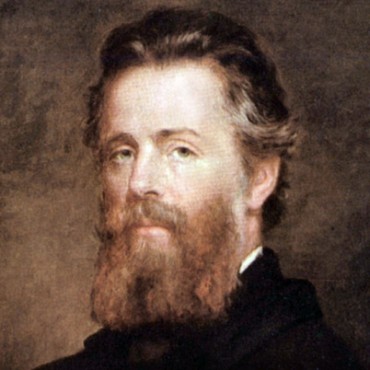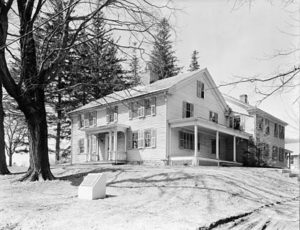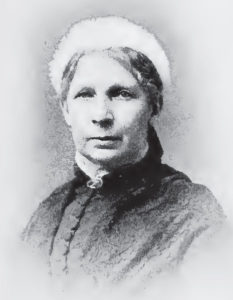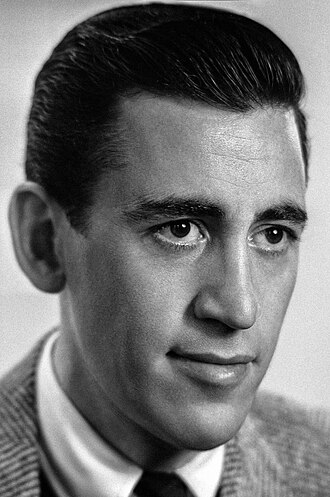
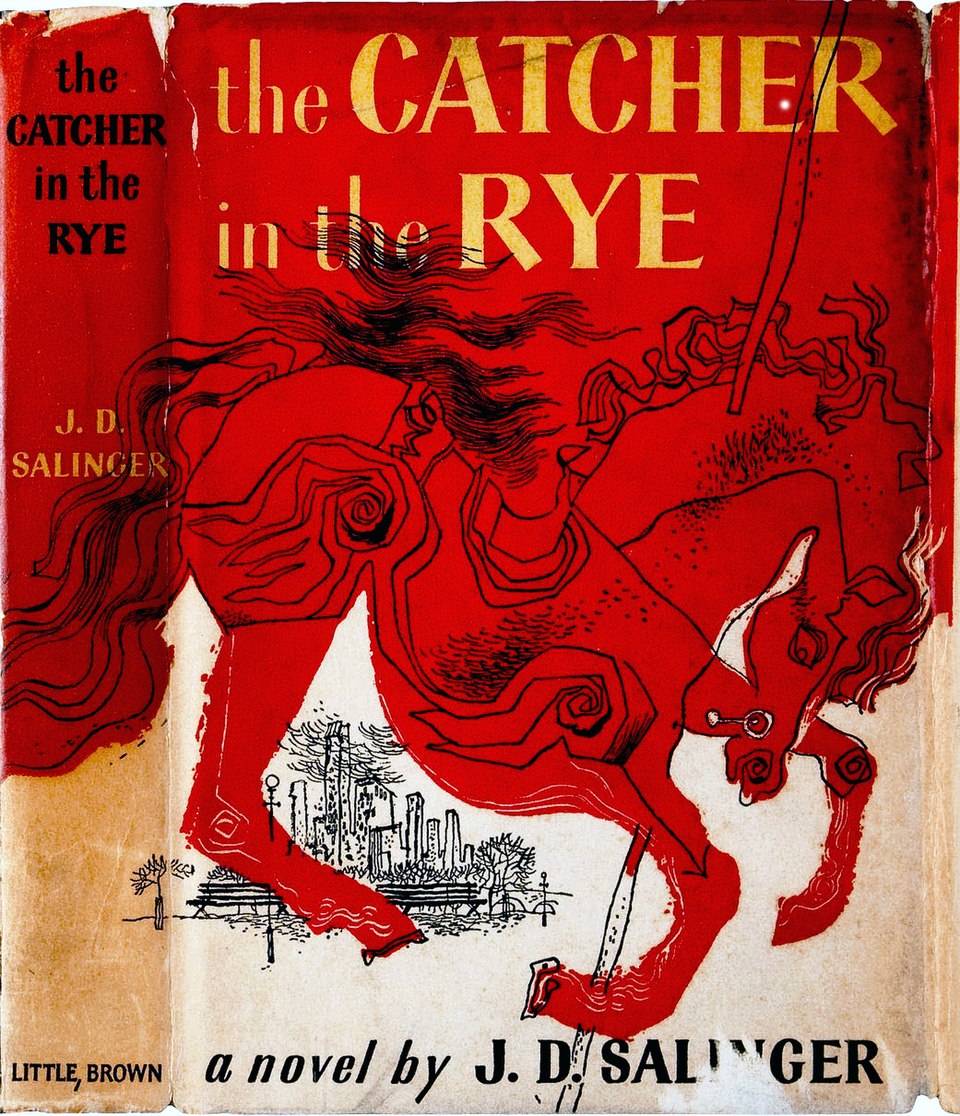



J.D. Salinger: The Reclusive Genius Behind “The Catcher in the Rye”
Discover the untold story of J.D. Salinger, the enigmatic author who captivated a generation with “The Catcher in the Rye.” This bite-sized biography delves into Salinger’s early life, his traumatic experiences in World War II, and the creative process behind his iconic novel. Learn how Salinger’s masterpiece transformed American literature and why he retreated from the public eye at the height of his fame.
From his privileged Manhattan upbringing to his struggles with PTSD, uncover the fascinating journey of a literary legend. This episode reveals Salinger’s complex relationships, his battles with publishers, and the lasting impact of his work.
Podcast: Play in new window | Download
Subscribe: RSS

